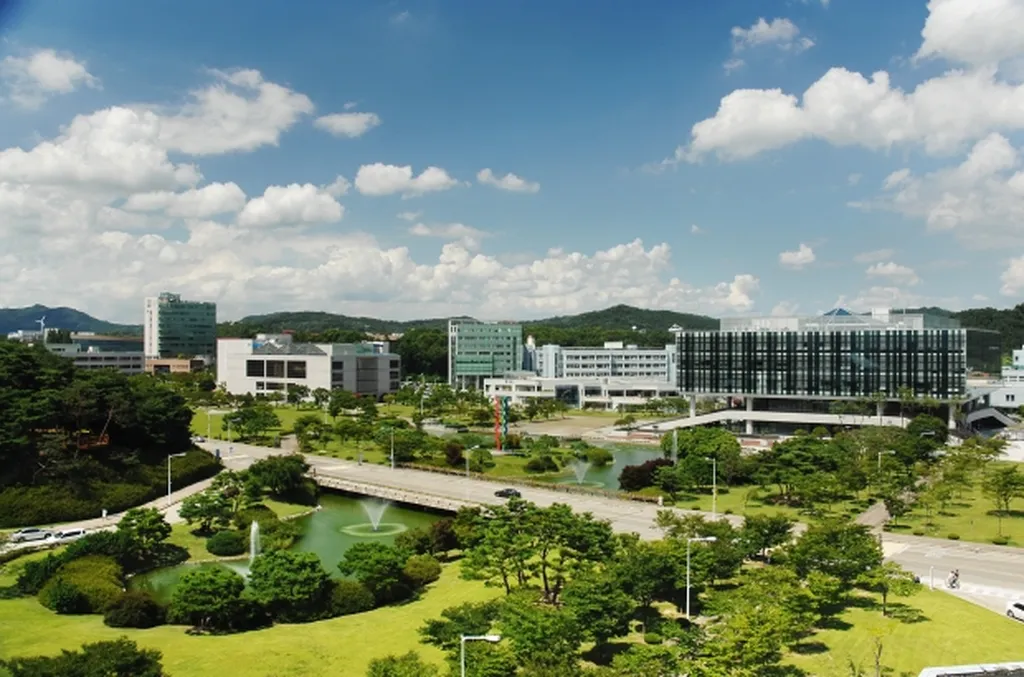In a significant leap forward for display technology, researchers at the Korea Advanced Institute of Science and Technology (KAIST) have developed a novel approach to stretchable displays that could revolutionize the way we interact with electronic devices. The study, led by Hagseon Kim from the School of Electrical Engineering, introduces a method to maintain high image quality even when the display is stretched, addressing a long-standing challenge in the industry.
Stretchable displays have long been touted for their potential to integrate seamlessly into wearable devices, flexible electronics, and even smart fabrics. However, traditional designs suffer from a critical flaw: when stretched, the pixels either increase in size or spacing, leading to a decrease in resolution and image quality. “This has been a significant barrier to the widespread adoption of stretchable displays,” Kim explains. “Our goal was to find a way to maintain high pixel density and image quality, even under deformation.”
The solution lies in a clever design that uses overlapping quadrant pixels. In their original state, these pixels are vertically aligned and function as a single pixel. When the display is stretched, the pixels separate and become individually visible, effectively increasing the fill factor and maintaining image quality. This innovative approach ensures that the display remains clear and vibrant, regardless of its state of deformation.
The research, published in the journal npj Flexible Electronics (which translates to “Flexible Electronics” in English), also details the development of a reliable multilayered structure through patterned adhesive and deposition of patterned electrodes. The prototype, consisting of a 3×2 array with one central pixel and four quadrant pixels per unit, successfully displayed various letters clearly in both the original and stretched states.
The commercial implications of this research are substantial. For the energy sector, in particular, this technology could lead to more efficient and versatile energy monitoring and management systems. Imagine smart windows that not only control light and heat but also display real-time energy usage data, or wearable devices that monitor energy expenditure and environmental impact. “The potential applications are vast,” Kim notes. “This technology could transform how we interact with our surroundings, making energy management more intuitive and user-friendly.”
Moreover, the ability to maintain high image quality under deformation opens up new possibilities for the integration of displays into a wide range of devices and surfaces. From flexible smartphones to smart clothing, the possibilities are limited only by our imagination. As the technology matures, we can expect to see it adopted in various industries, from healthcare to transportation, enhancing both functionality and user experience.
This research not only addresses a critical technical challenge but also paves the way for future innovations in display technology. As Hagseon Kim and his team continue to refine their design, we can look forward to a future where high-quality, flexible displays are as commonplace as traditional screens are today. The journey towards seamless integration of technology into our daily lives has taken a significant step forward, and the energy sector stands to benefit greatly from these advancements.

